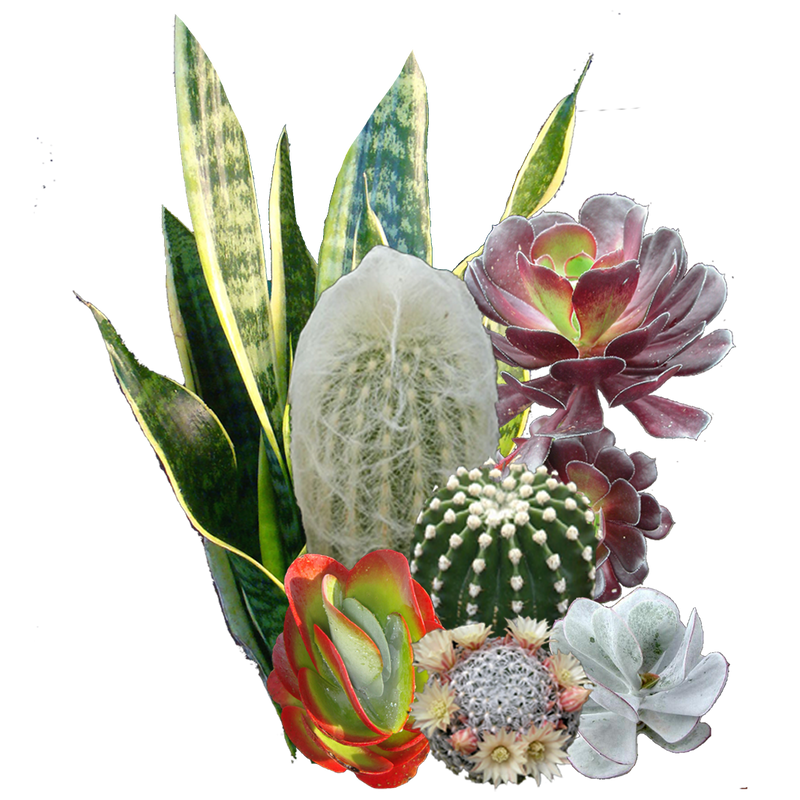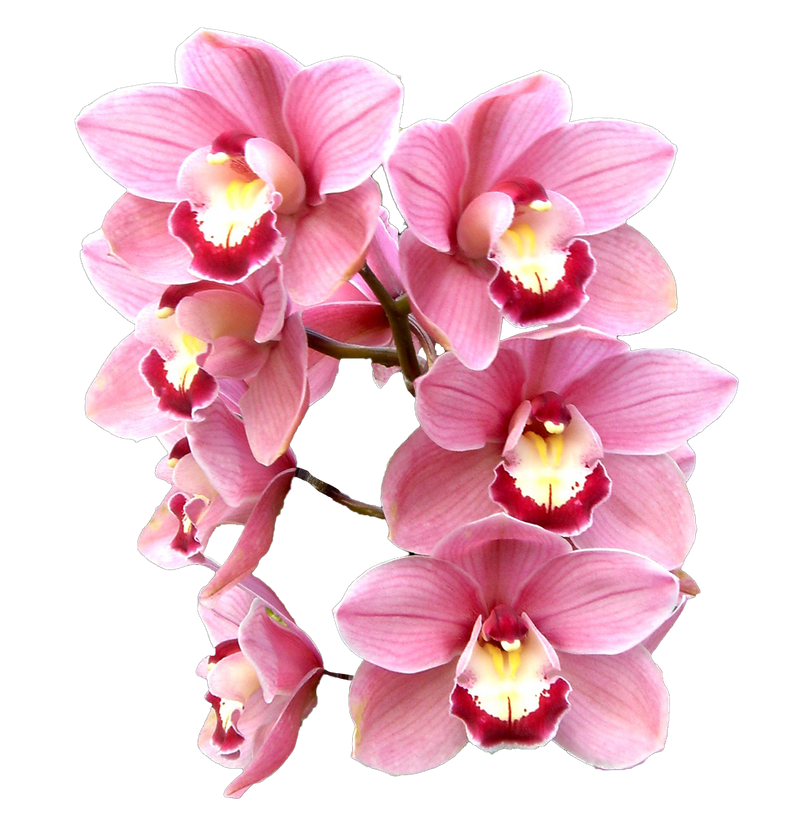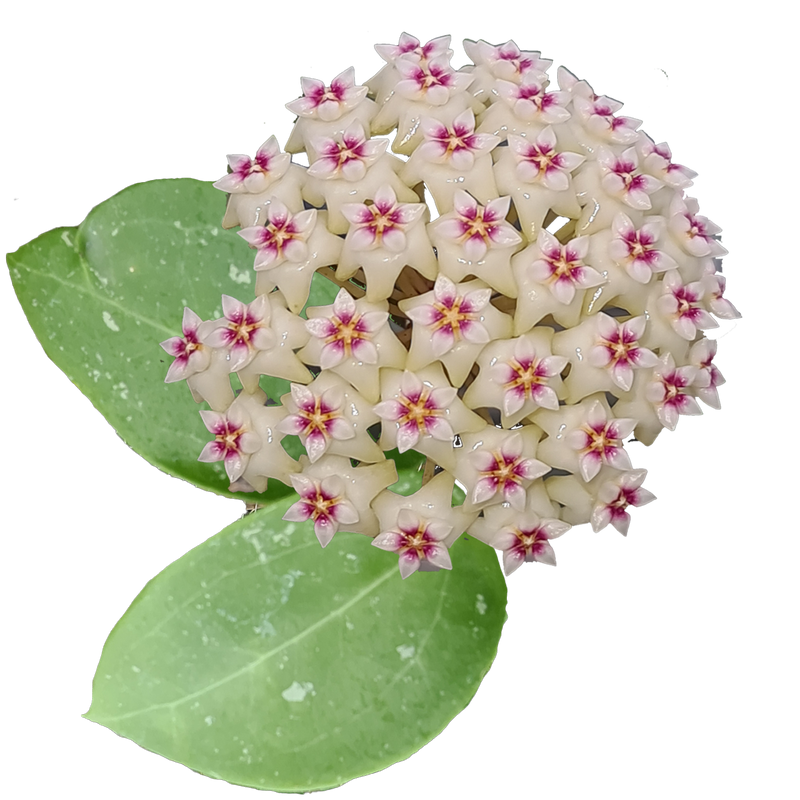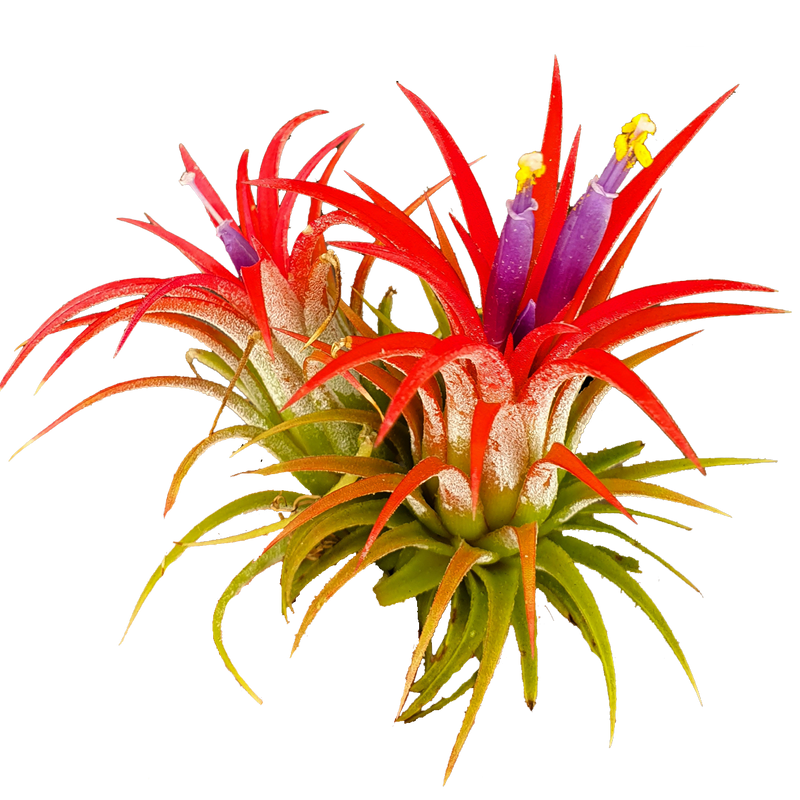


Schlumbergera (Zygocactus) 'Cecilia'
cancel Sold out
Schlumbergera 'Cecilia' is a cultivated hybrid in the Cactaceae family, more commonly known as a Zygocactus or Christmas Cactus. Its parent species come from the coastal mountain forests of south-eastern Brazil, where they grow as epiphytes or lithophytes in shaded, humid habitats. In their native environment, they root in moss-covered tree branches or rocky crevices, receiving filtered light, consistent moisture, and free-draining organic matter.
The stems consist of flattened, jointed segments (phylloclades) with shallow notches along their edges. 'Cecilia' is known for its large, soft pink to blush flowers, often with a slightly lighter throat and delicate gradient along the petals. The tubular blooms develop at the tips of mature segments and are adapted for pollination by hummingbirds in the wild. The plant has a naturally arching to cascading growth habit, making it particularly effective in hanging baskets or raised containers.
Flowering is triggered by shorter day lengths and cooler night temperatures, typically from late autumn to early winter. With the right seasonal conditions, 'Cecilia' can produce abundant blooms annually and remain an attractive feature plant for many years.
Care Tips:
- Light: Provide bright, indirect light. Morning or late afternoon sun is beneficial, but avoid harsh midday light to prevent scorching of the stems.
- Water: Maintain even moisture in the potting mix during active growth and flowering. Reduce watering slightly after blooms fade, allowing the top layer of soil to dry before the next application.
- Humidity: Prefers moderate to high humidity. Increase humidity with a pebble tray beneath the pot or occasional misting in dry indoor conditions.
- Media: Use a free-draining, slightly acidic potting mix composed of orchid bark, peat, and perlite to mimic its natural epiphytic growing conditions.
- Fertiliser: Feed monthly during active growth with a balanced liquid fertiliser diluted to half strength. Switch to a high-potassium fertiliser in the weeks before flowering to encourage bud formation.
- Temperature: Maintain 18–24°C during growth. To initiate buds, provide night temperatures of 12–15°C for several weeks in autumn.
- Repotting: Repot every 3–4 years after flowering, refreshing the mix and moving to a slightly larger pot if necessary.
- Propagation: Take cuttings of 2–3 joined segments in spring or summer, allow them to callus for 24 hours, and plant into a well-draining mix.
Shipping Schedule and Biosecurity Information
expand_more
Dispatch & Shipping Information
Non-Biosecurity States (QLD, NSW, ACT, VIC, SA): We now offer two dispatches per week for these regions:
- Tuesday Dispatch: Orders placed by Sunday 11:59 PM AEST.
- Friday Dispatch: Orders placed by Wednesday 11:59 PM AEST. Orders placed after these cut-offs will be dispatched on the next available day.
Biosecurity States (WA, NT, TAS): These orders require mandatory biosecurity treatment (PHC) and follow a specific weekly schedule:
- Cut-off: Orders must be placed by Thursday 11:59 PM AEST.
- Dispatch Day: Orders are processed over the weekend and dispatched on Tuesday.
Plant Health Certification (PHC) Fees:
- $20 fee applies to WA orders.
- $10 fee applies to NT and TAS orders. This fee is per order (not per plant) and is included in your shipping costat checkout.
Important Note: We operate independently from Collectors Corner. For any enquiries, please refer to our contact page

Size: 66mm Pot













